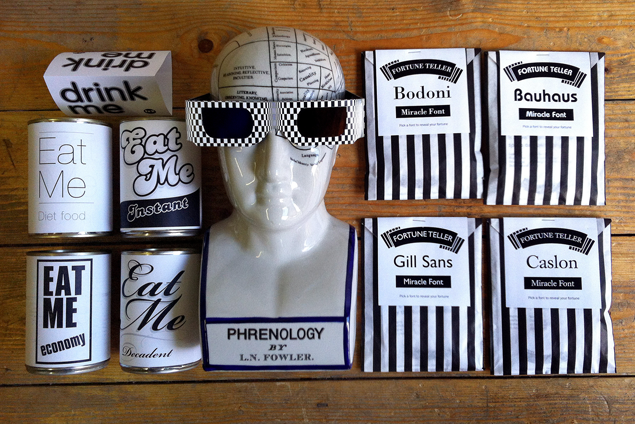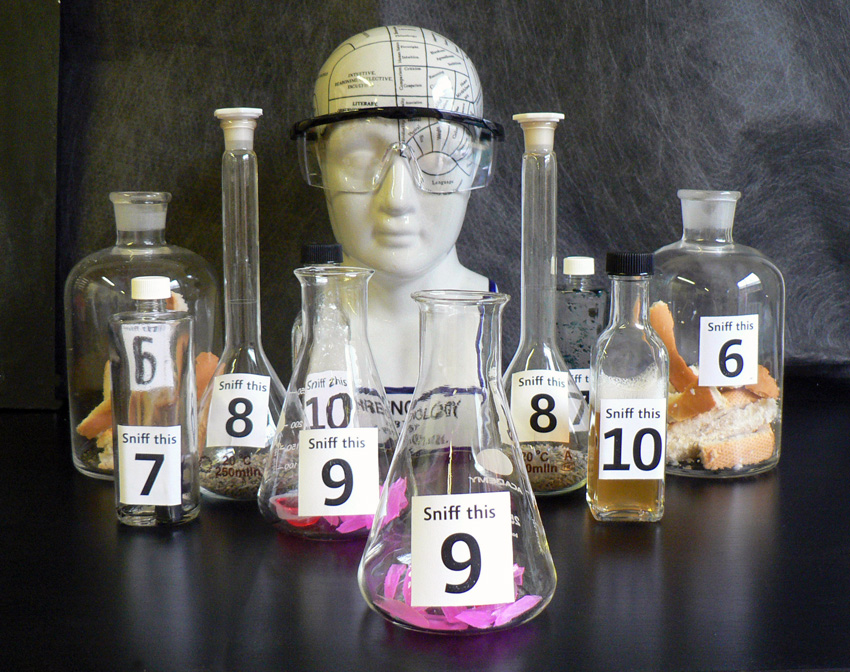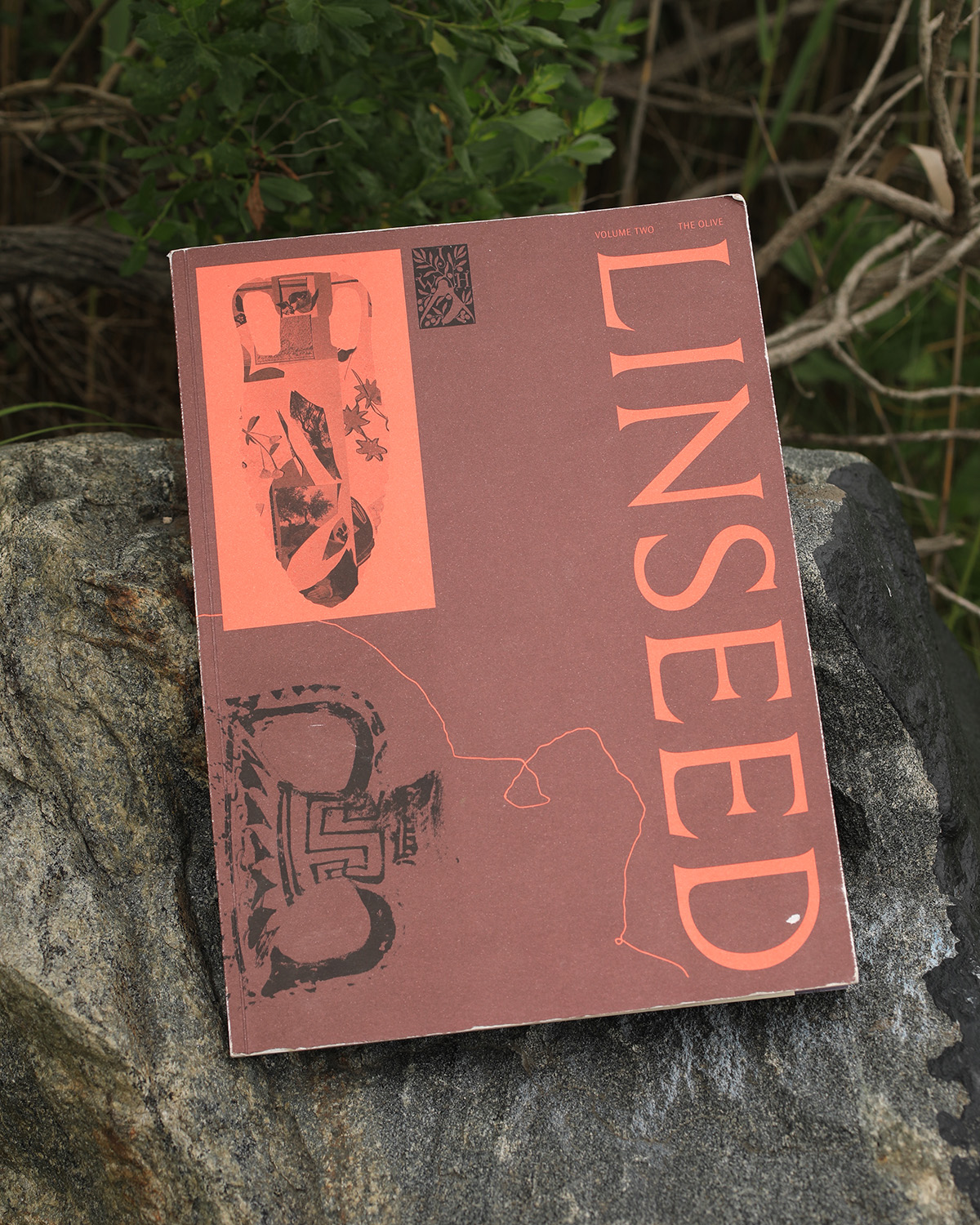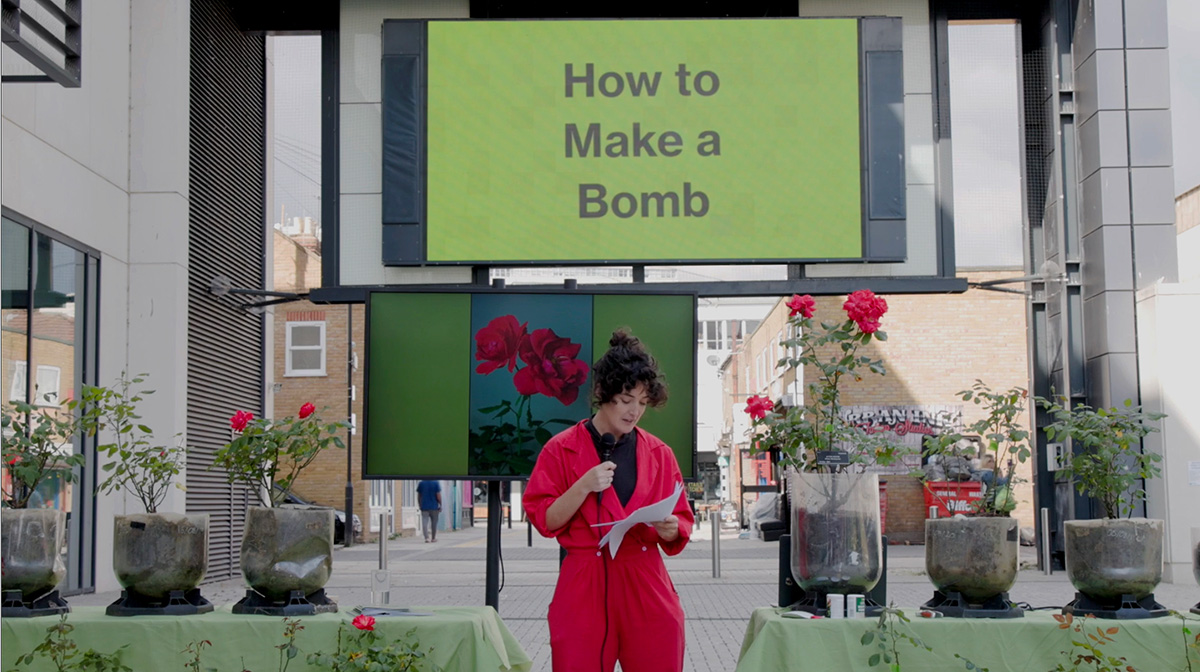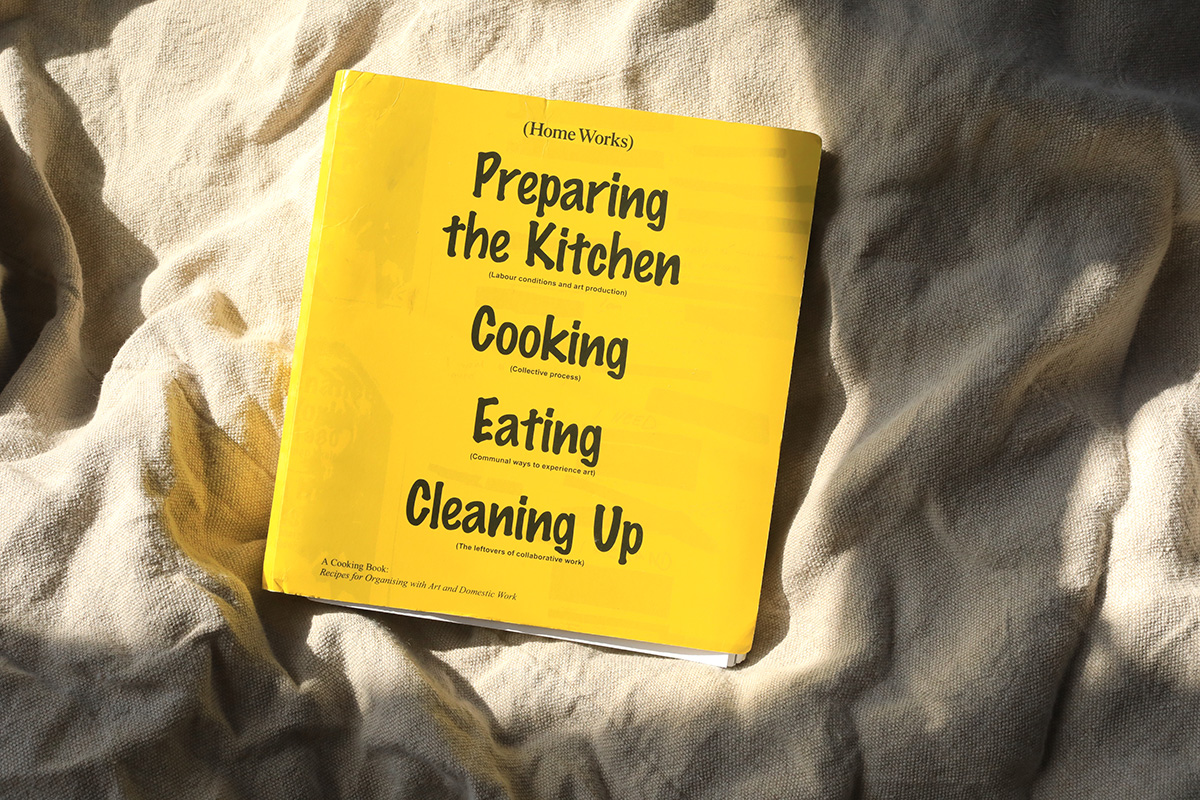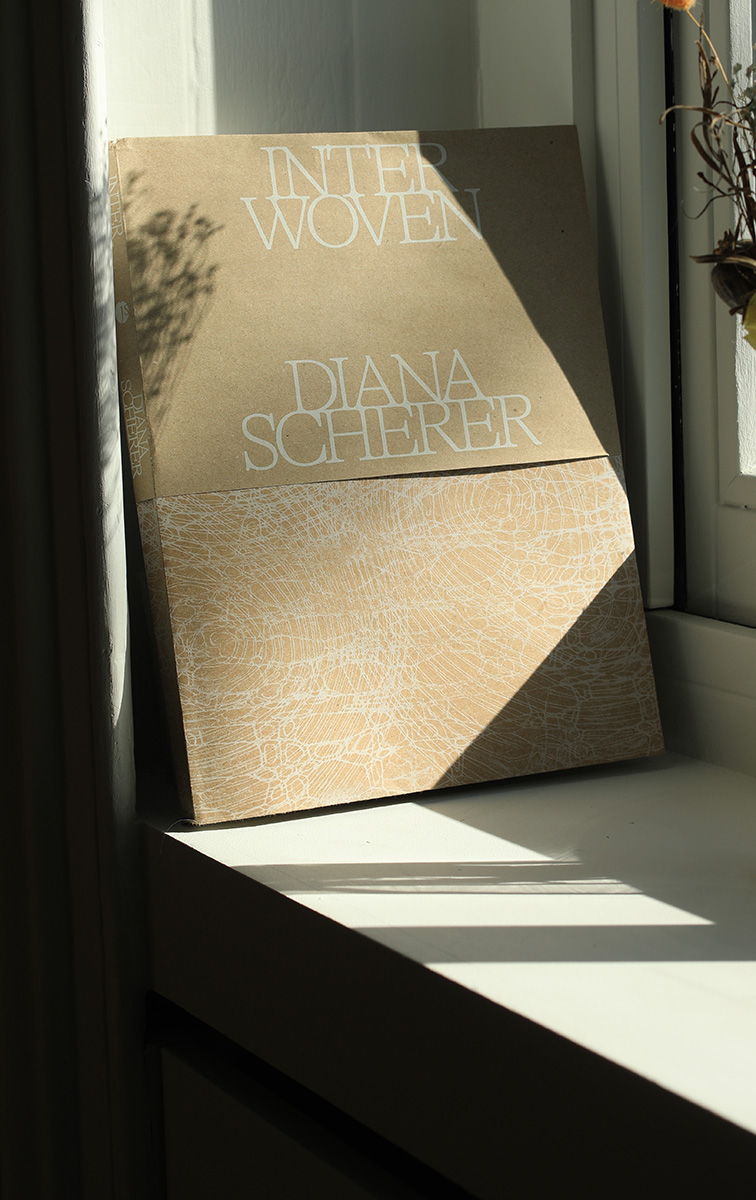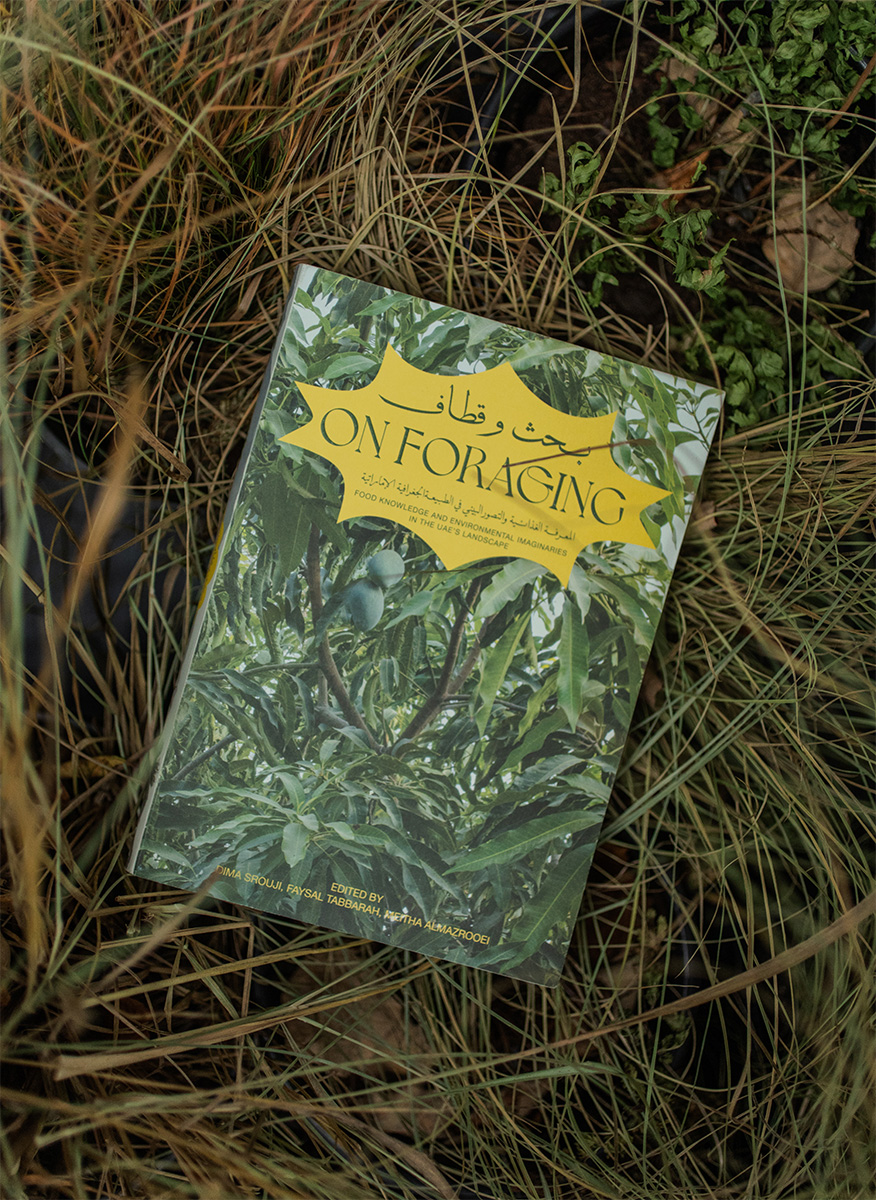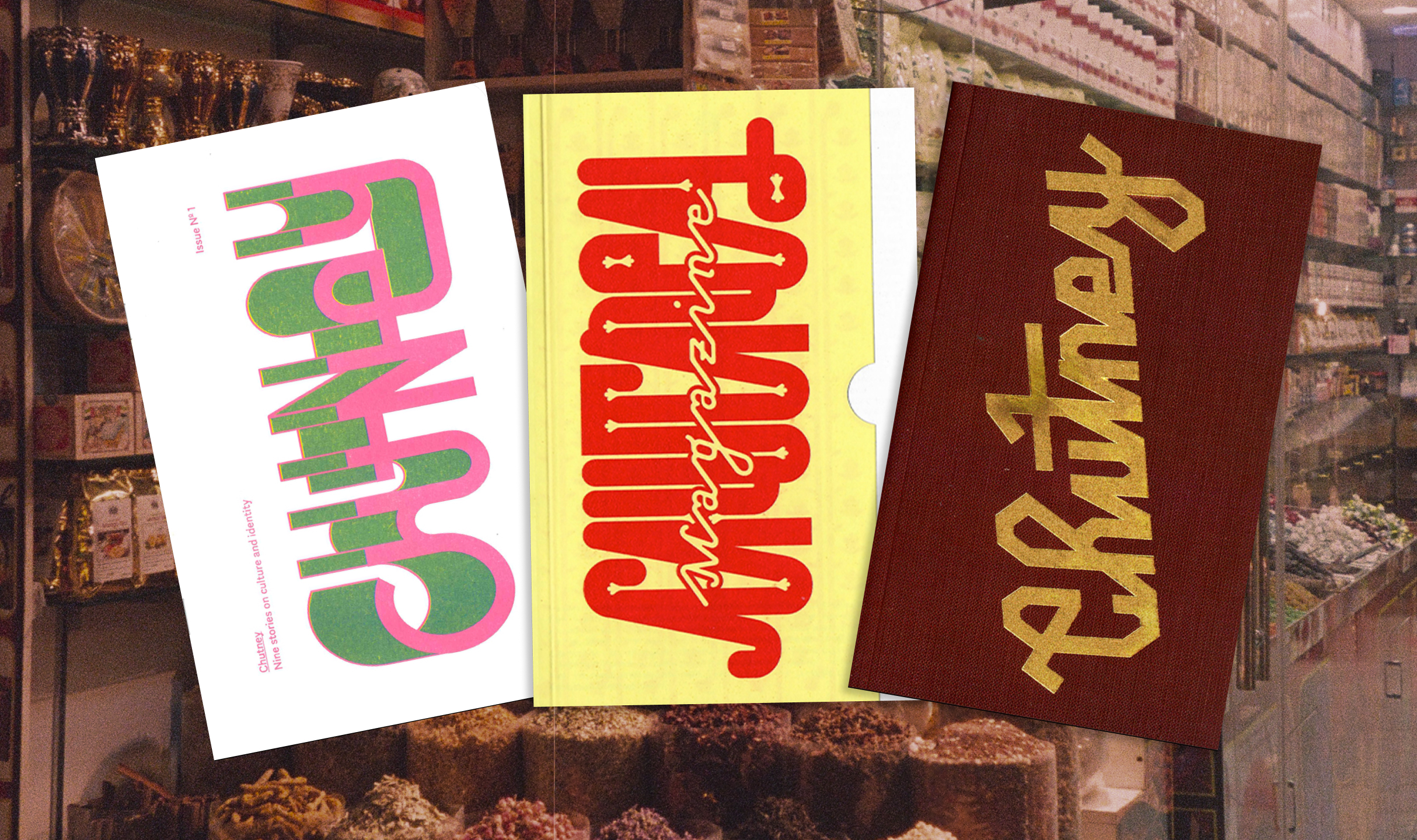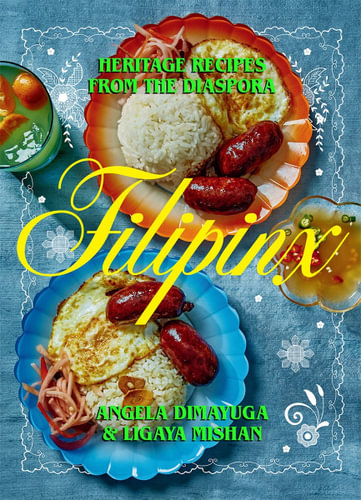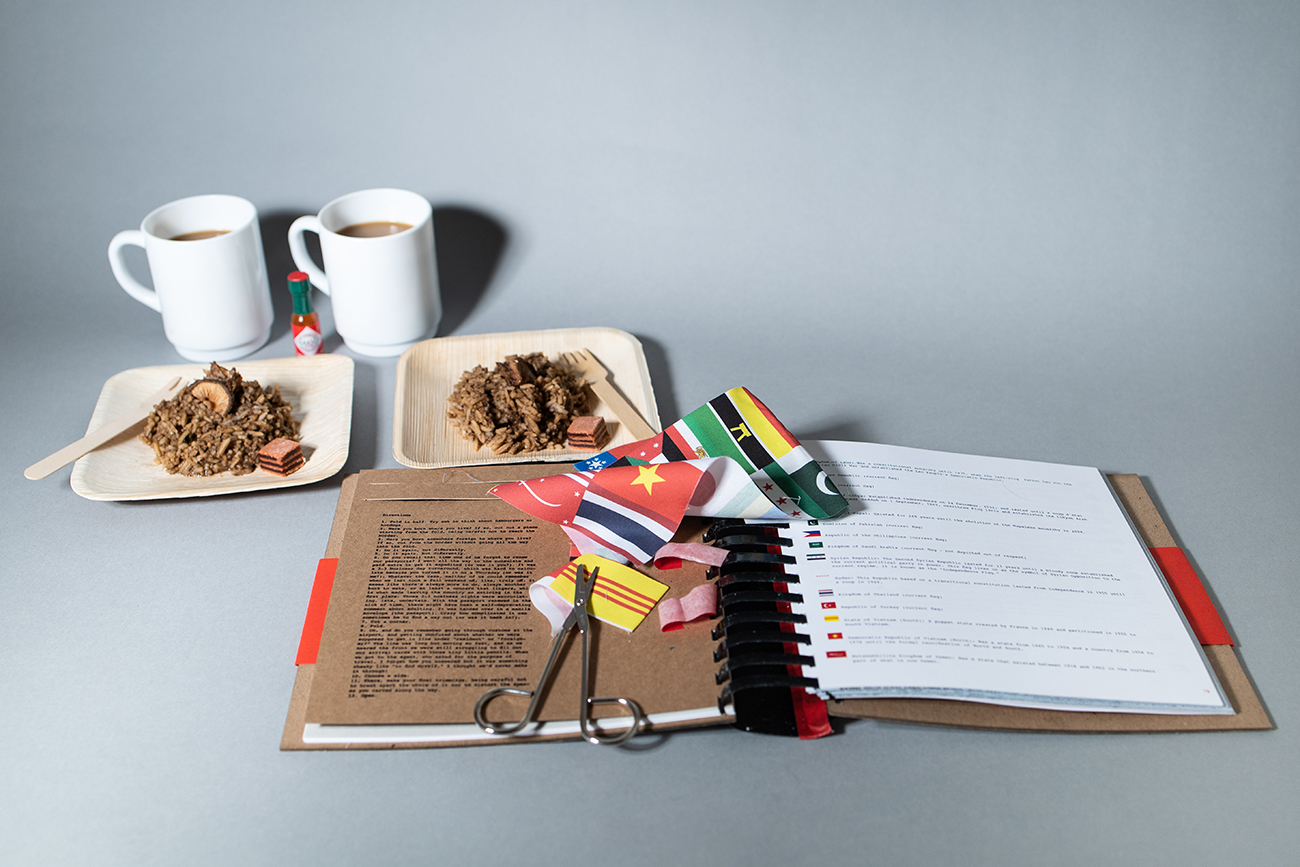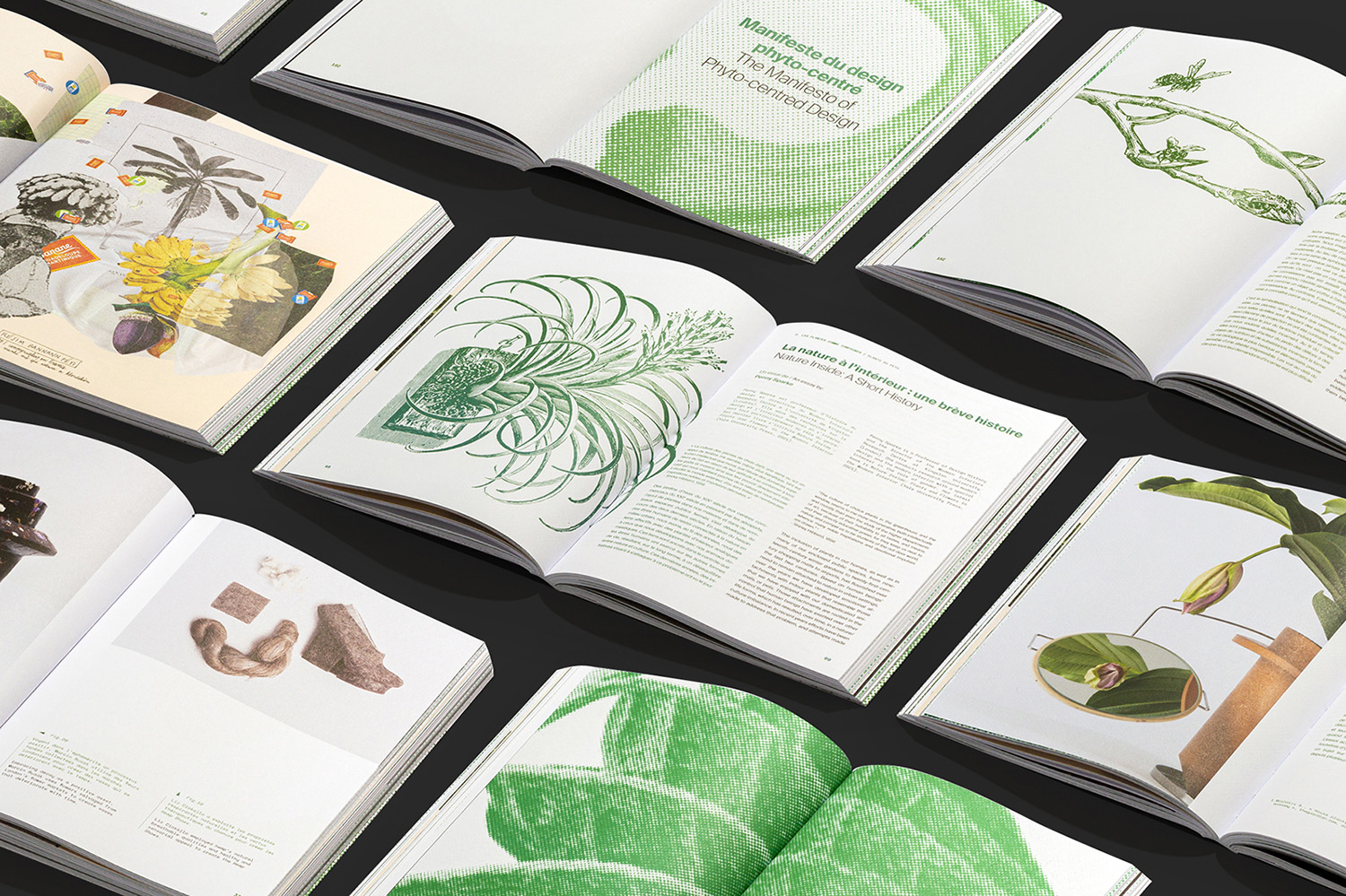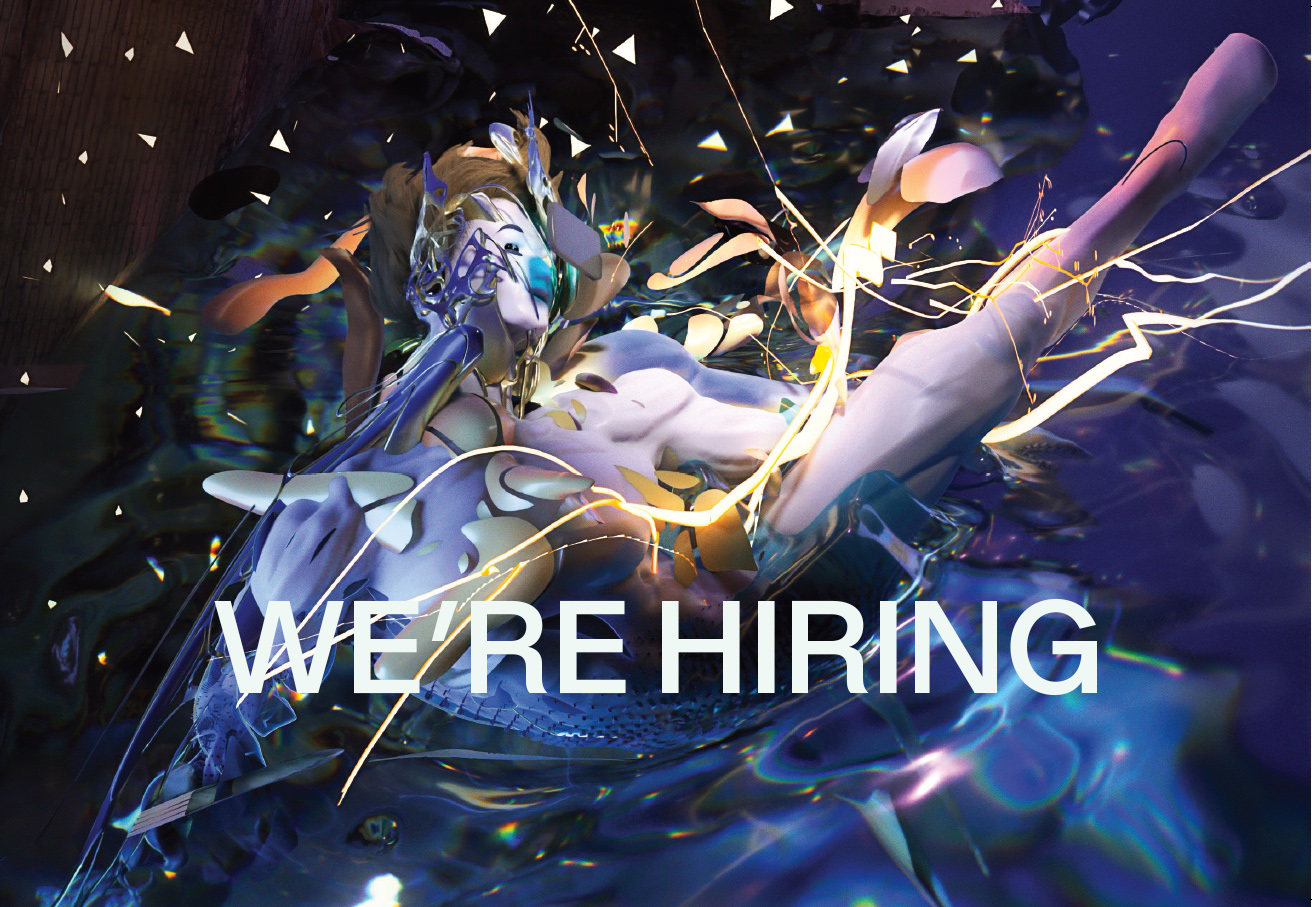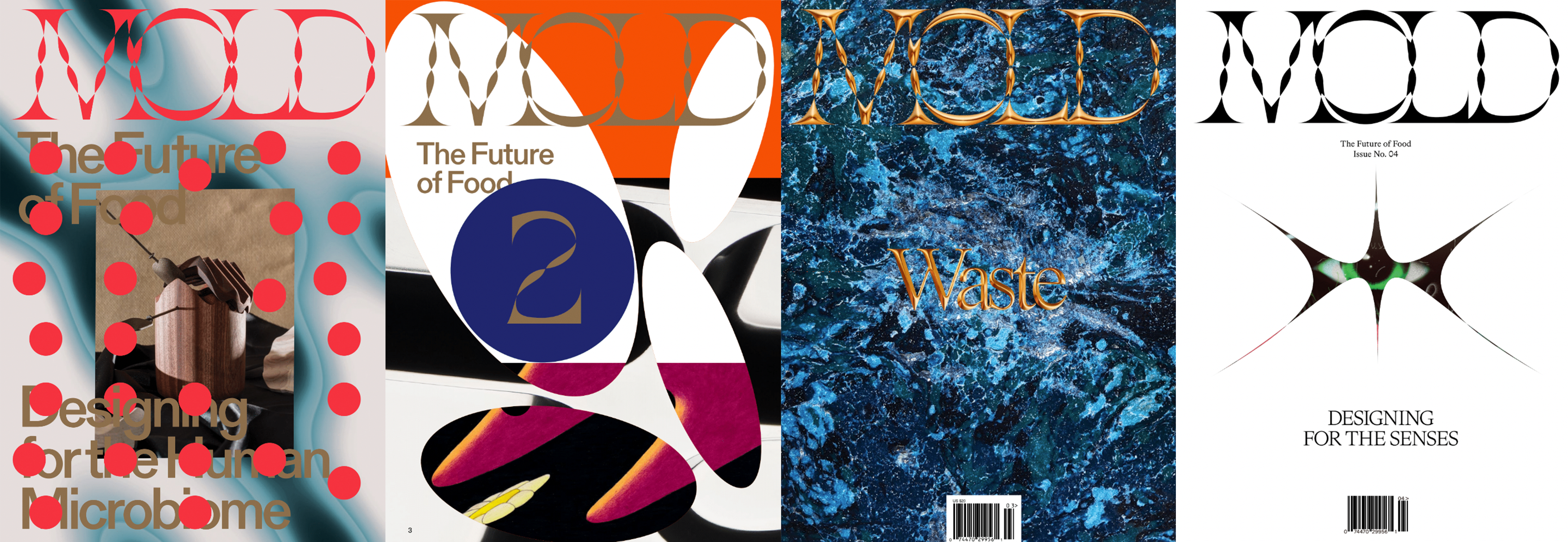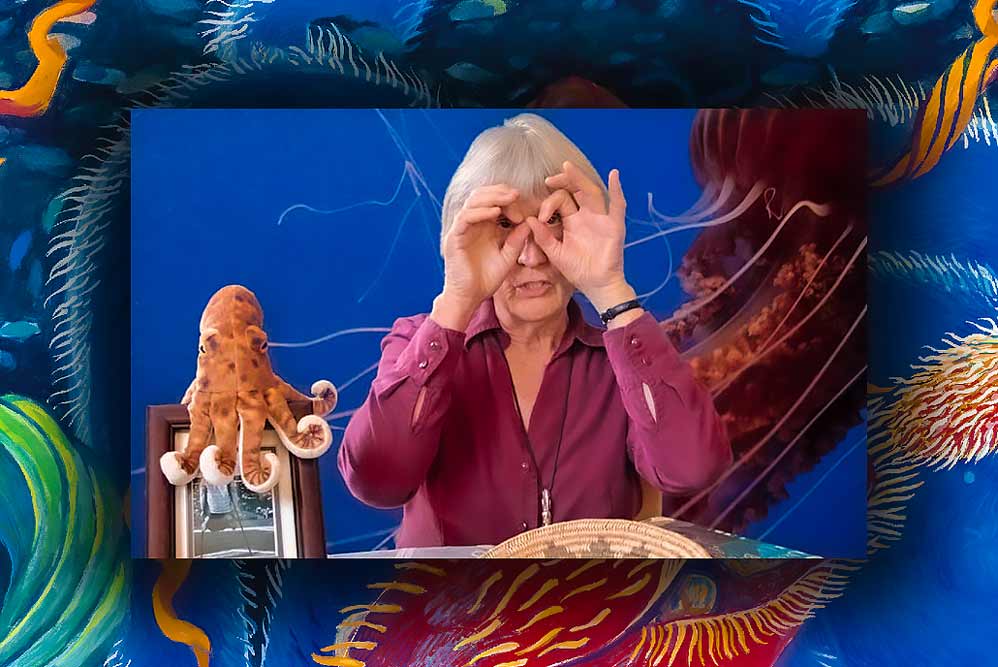This post was originally published on the AIGA Eye on Design blog.
For the last two years Sarah Hyndman, founder of London-based initiative Type Tasting, has been experimenting with how type can influence the way we think and feel, from how we “manufacture nostalgia” to how we experience food.
To celebrate the studio’s two-year anniversary, Type Tasting is publishing its first book, The Type Taster, which author Hyndman describes as “a manifesto for the future and an invitation to join in.” Offering readers a journey into the world of type, the book takes an entirely different approach than the typical typographic tomes. Referencing research by neuroscientists and experimental psychologists, as well as Hyndman’s own studies that delve into nearly a century of research, it’s a completely new perspective on a world that can often be inaccessible and difficult to describe.
The book explores the subject through the eyes of a “type consumer,” and Hyndman says it’s purposefully aimed at a broader audience. “There are plenty of really good books out there for designers, so there was no need for me to write another one.” Emphasizing type’s ability to be more than a transmitter of words, the book discovers how we experience it on an emotional level—the way it’s interwoven into our everyday lives, and its power to alter our experiences. The book also broaches new territory, exploring how types can trigger responses across all of our senses, a topic Hyndman is actively researching. “The different shapes and styles of the typefaces themselves stimulate responses independently of the words they spell out, and before we even read them,” she explains. “Type triggers our imaginations, evokes our emotions, prompts memories, and links to all of our senses. We automatically recognize attributes from the physical world, like how loud it looks, whether it’s heavy or light, fast or slow, or what it would feel like to touch. We have also learned a great deal from our shopping experiences, like knowing whether something is expensive, aimed at children, or how it might taste.”
In a mischievous, but not an entirely unexpected touch, the book also comes with a pair of “font goggles,” allowing readers to explore the associations that lie behind particular typefaces. “We can all choose to be aware of typefaces at any time; it’s purely our choice to ‘look past’ them when we focus on reading the words,” Hyndman explains. The book is also written in this Type Tasting style–friendly and informal, with easily relatable references. But it’s not all play. The book makes a persuasive case for changing the way we think and talk about type, turning it into a more inclusive subject that allows non-experts the confidence to express opinions. Although Hyndman herself admits she still gets intimidated by conversations with “serious typographers,” she says, “Typography can be serious, but it’s also fun–after all, it’s what our voices look like. As more people than ever before have access to choosing fonts for themselves, the subject needs to become more accessible. I don’t think the design community should feel threatened by this. Quite the opposite, in fact. The more people have an appreciation of good typefaces and good typography, the more they will value the work of designers and typographers.”
–by Emma Tucker
